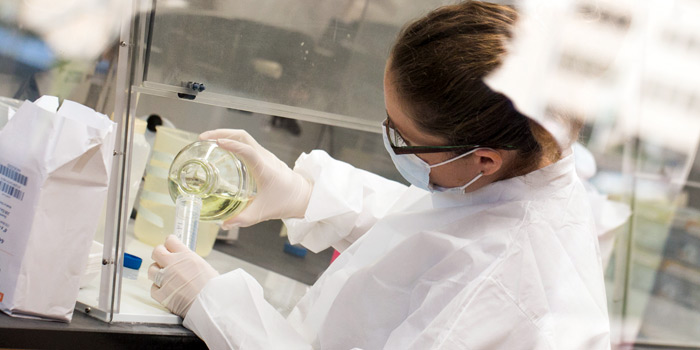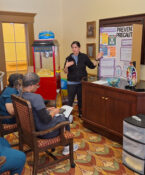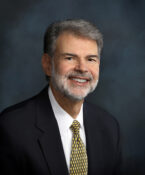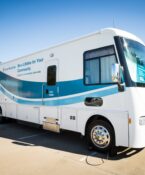UNTHSC Missing Persons Lab helps ID fourth person from Florida boys school
The Missing Persons Lab at UNT Health Science Center used DNA analysis to help identify a fourth young person buried years ago in an unmarked grave at a Florida reform school.
The most recent identification was of Sam Morgan, who records indicate entered the Arthur G. Dozier School for Boys on Sept. 23, 1915. Morgan, who was 18 when he entered the school, was paroled in January 1918. A recovered school ledger noted the circumstances of his release as “indentured” and reported that Morgan returned to the school 23 days later.
The “indentured” notation may indicate that Morgan died in the custody of the business or farm that acquired him and that he was returned to the school for burial on school grounds, according to a research team from the University of South Florida, which is leading the excavation efforts.
A fifth person, Bennett Evans, an employee of the school who died in a 1914 dormitory fire, has also been identified. No DNA was obtained from the burned bone samples, so his identification is based on his age at death and burial context.
The DNA associations were made from among 55 sets of human remains excavated at the now-closed school in Marianna, Fla. The excavation efforts are under the direction of Erin Kimmerle, PhD, at the University of South Florida. UNTHSC scientists then test and analyze bones and teeth, along with DNA samples from surviving family to help identify the remains.
Since 2003, the Health Science Center has processed more than 5,200 human remains, making more than 1,100 DNA associations that led to identifications.
UNTHSC is the nation’s only lab set in an academic center that is approved to upload genetic data for unidentified remains to the FBI’s Combined DNA Index System, a criminal justice database and software better known as CODIS.
The work in Florida and Fort Worth is supported by the National Institute of Justice, whose commitment to innovation and creativity in forensic anthropology and forensic DNA helps strengthen the forensic sciences and advance justice. Through a grant from the NIJ, UNTHSC also maintains the National Missing and Unidentified Persons System (NamUs), a national clearinghouse for missing person cases, unidentified remains, unidentified living individuals and unclaimed bodies.


![Uyen Sa Nguyen Scaled[58]](https://www.unthsc.edu/newsroom/wp-content/uploads/sites/16/Uyen-Sa-Nguyen-scaled58-145x175.jpg)



Social media